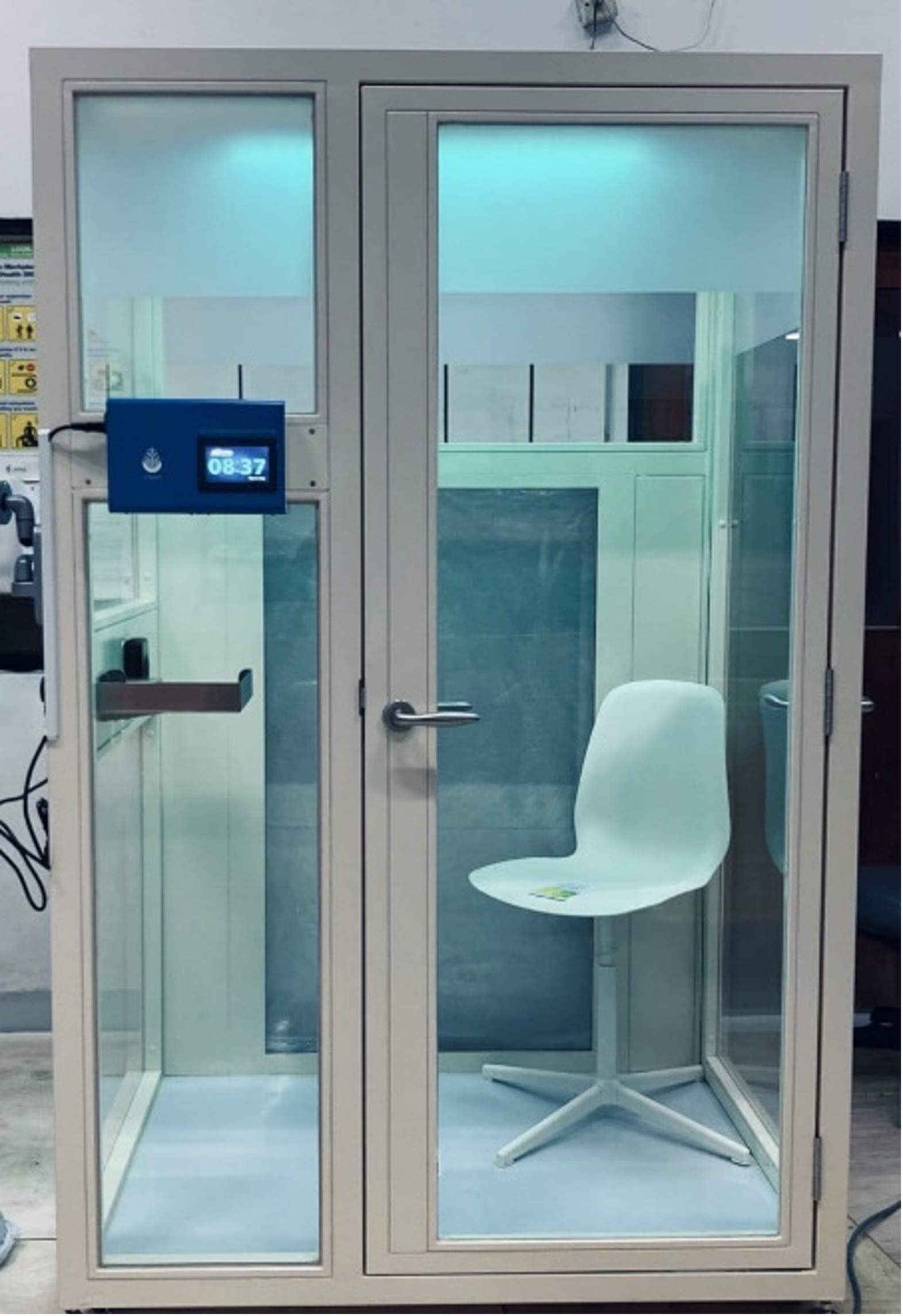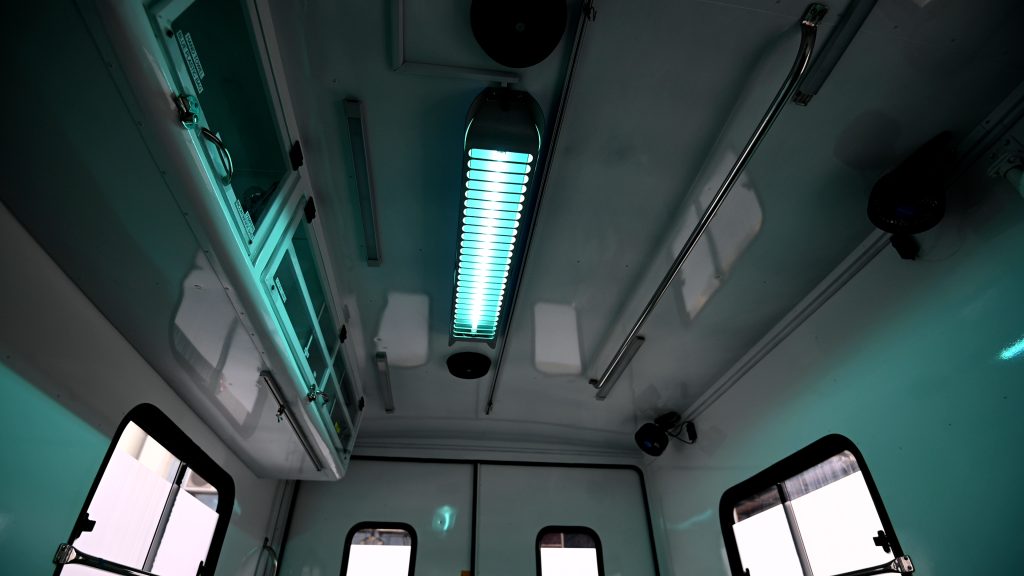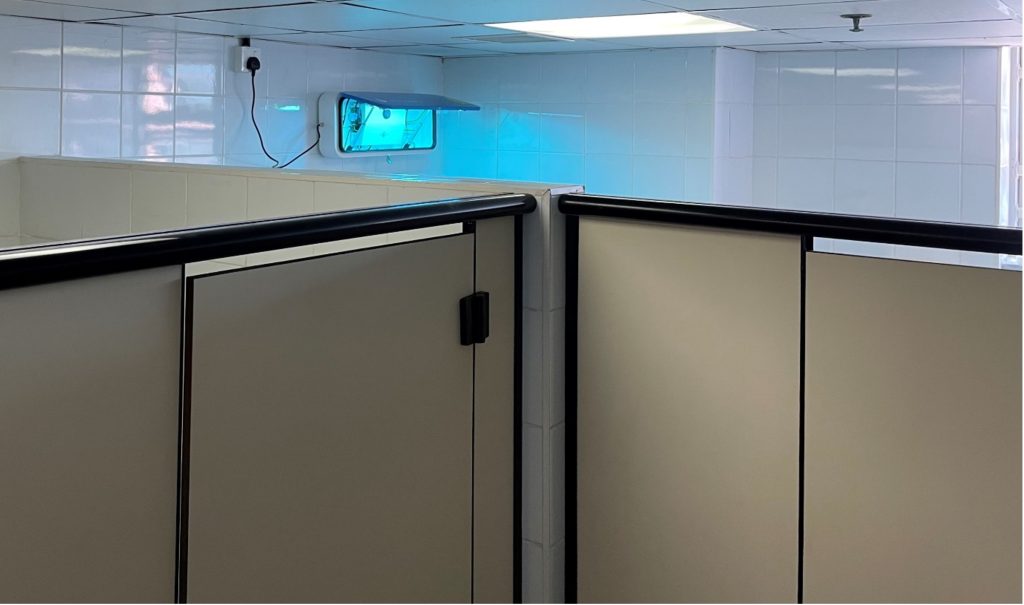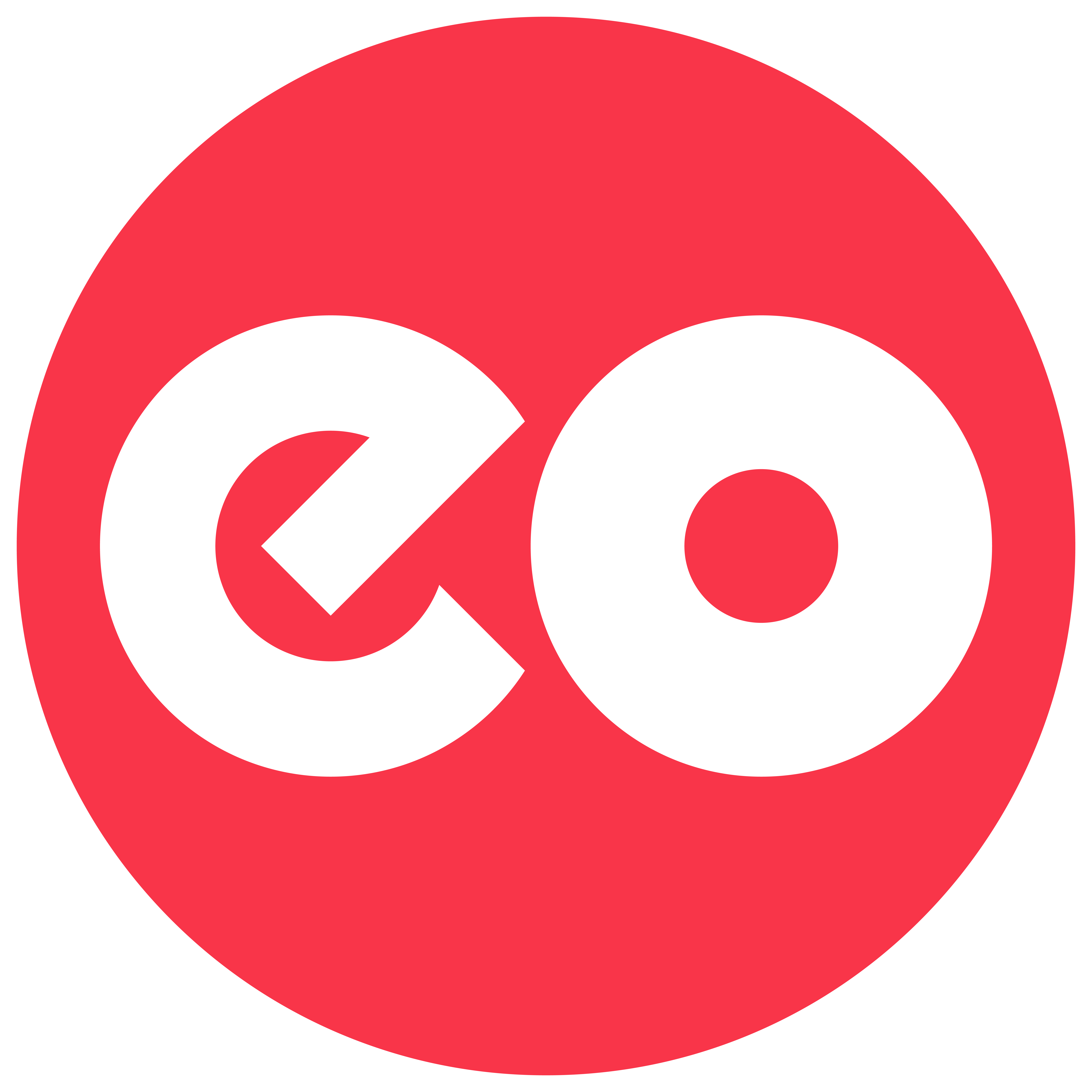What is the Difference between UVC and Multi-spectral Blue Light?
Wavelength
Gold-standard UVC
254nm
Far UV
222nm
Multi-spectral Blue Light
Varies, typically includes blue light around 405-480nm
Proven Efficacy
Gold-standard UVC
Proven efficacy against a wide range of pathogens, including multi-drug resistant bacteria, viruses, fungi, and spores1-5
Far UV
Promising results in inactivating pathogens over time, but fewer efficacy studies compared to UVC 254nm
Multi-spectral Blue Light
Effectiveness varies; generally proven for certain applications such as skin infections
Efficacy Time in Healthcare Settings
Gold-standard UVC
For high-output UVC lamps, typically requires a 5-15 minutes of exposure to kill up to 99.99% of germs and pathogens in healthcare settings
Far UV
Efficacy time being studied; preliminary data suggests much longer exposure times required than UVC 254nm
Multi-spectral Blue Light
Varies based on the specific application; may require longer exposure times and very close exposure distances
Safety Concerns
Gold-standard UVC
Requires a vacant space for rapid disinfection. Risk controls such as human presence sensors should be implemented to avoid exposure
Far UV
Reportedly safe for human exposure, but limited studies for long-term exposure
Multi-spectral Blue Light
Generally considered safe for skin, but potential concerns about long-term effects exist
Long-Term Use Studies
Gold-standard UVC
Extensive studies supporting long-term use for disinfection in various settings. Ozone-free UVC lamps are recommended for immediate occupancy after disinfection
Far UV
Limited long-term studies available; ongoing research to ensure safety over extended periods
Research conducted by A*STAR showed possible DNA damage to cells6
Multi-spectral Blue Light
Limited long-term studies, more research needed to establish safety over prolonged use
Applications
Gold-standard UVC
Widely used for surface and air disinfection in healthcare, water treatment, and food processing
Far UV
Applied in areas with generally healthy individuals such as offices and waiting rooms.
Not adopted for standard disinfection of confirmed contaminated spaces
Multi-spectral Blue Light
Limited applications; commonly used in treatment of gonococcal infections, eye infections, and otitis media, and in the decontamination of stored platelets and plasma
Material Compatibility
Gold-standard UVC
Generally compatible with a wide range of materials, with some exceptions. Due to fast disinfection speeds, length of exposure required is shorter
Far UV
Can cause degradation in certain materials; requires careful consideration in design
Multi-spectral Blue Light
Safe for most materials, but potential impact on sensitive materials needs consideration
Regulatory Approval
Gold-standard UVC
Well-established regulatory approvals for various applications. Risk assessment and controls well established by NEA
Far UV
Limited regulatory approvals; ongoing evaluation by health authorities
Multi-spectral Blue Light
Generally recognized as safe, but specific approvals may vary by application
Cost of Implementation
Gold-standard UVC
Moderate initial costs but proven cost-effective over time
Far UV
Higher initial costs due to specialized equipment; ongoing costs being evaluated
Multi-spectral Blue Light
Varies depending on the application; may require specialized equipment
Accessibility of Technology
Gold-standard UVC
Widely available and established technology
Far UV
Limited availability due to patented technology
Multi-spectral Blue Light
Accessible for various applications, but specialized equipment may be required
Conclusion
Gold-standard UVC
Proven and widely adopted for healthcare-grade disinfection; well-researched and established
Far UV
Promising but less established; ongoing research needed for broader adoption
Multi-spectral Blue Light
Effective for specific applications, but further research is crucial for broader acceptance
Characteristics
Gold-standard UVC
Far UV
Multi-spectral Blue Light
Wavelength
254nm
222nm
Varies, typically includes blue light around 405-480nm
Proven Efficacy
Proven efficacy against a wide range of pathogens, including multi-drug resistant bacteria, viruses, fungi, and spores1-5
Promising results in inactivating pathogens over time, but fewer efficacy studies compared to UVC 254nm
Effectiveness varies; generally proven for certain applications such as skin infections
Efficacy Time in Healthcare Settings
For high-output UVC lamps, typically requires a 5-15 minutes of exposure to kill up to 99.99% of germs and pathogens in healthcare settings
Efficacy time being studied; preliminary data suggests much longer exposure times required than UVC 254nm
Varies based on the specific application; may require longer exposure times and very close exposure distances
Safety Concerns
Requires a vacant space for rapid disinfection. Risk controls such as human presence sensors should be implemented to avoid exposure
Reportedly safe for human exposure, but limited studies for long-term exposure
Generally considered safe for skin, but potential concerns about long-term effects exist
Long-Term Use Studies
Extensive studies supporting long-term use for disinfection in various settings. Ozone-free UVC lamps are recommended for immediate occupancy after disinfection
Limited long-term studies available; ongoing research to ensure safety over extended periods
Research conducted by A*STAR showed possible DNA damage to cells6
Limited long-term studies, more research needed to establish safety over prolonged use
Applications
Widely used for surface and air disinfection in healthcare, water treatment, and food processing
Applied in areas with generally healthy individuals such as offices and waiting rooms.
Not adopted for standard disinfection of confirmed contaminated spaces
Limited applications; commonly used in treatment of gonococcal infections, eye infections, and otitis media, and in the decontamination of stored platelets and plasma
Material Compatibility
Generally compatible with a wide range of materials, with some exceptions. Due to fast disinfection speeds, length of exposure required is shorter
Can cause degradation in certain materials; requires careful consideration in design
Safe for most materials, but potential impact on sensitive materials needs consideration
Regulatory Approval
Well-established regulatory approvals for various applications. Risk assessment and controls well established by NEA
Limited regulatory approvals; ongoing evaluation by health authorities
Generally recognized as safe, but specific approvals may vary by application
Cost of Implementation
Moderate initial costs but proven cost-effective over time
Higher initial costs due to specialized equipment; ongoing costs being evaluated
Varies depending on the application; may require specialized equipment
Accessibility of Technology
Widely available and established technology
Limited availability due to patented technology
Accessible for various applications, but specialized equipment may be required
Conclusion
Gold-standard UVC:
Proven and widely adopted for healthcare-grade disinfection; well-researched and established
Far UV:
Promising but less established; ongoing research needed for broader adoption
Multi-spectral Blue Light:
Effective for specific applications, but further research is crucial for broader acceptance
Comparison table between 254nm UVC vs. 222nm Far UV vs. Multi-spectral Blue Light
Because the 254nm UVC is proven to be effective, we at EO Medical choose to use them in Singapore. The 254nm UVC lamps we import from USA are also 100% ozone-free and shatter-proof for added safety.
Examples of Custom UVC Projects Installed by EO Medical in Singapore Healthcare Settings:
1. Custom UVC Disinfection of Procedure Area in Clinic: “SpiroBooth”


UVC disinfection system of SpiroBooth (image source: EO Medical)

UVC disinfection system of SpiroBooth (image source: Thomas, 2021. Pediatric Pulmonology7)
2. Retrofitting an Ambulance Used to Transport COVID-19 Patients

Ambulance UVC disinfection system installed by EO Medical (image source: EO Medical)
3. Shared Ward Toilet

Toilet UVC disinfection system installed by EO Medical (image source: EO Medical)
EO Medical is happy to collaborate with you and support you for your UVC needs.
Contact us now for a free on-site consultation.
References
- de Groot T, Chowdhary A, Meis JF, Voss A. Killing of Candida auris by UVC: Importance of exposure time and distance. Mycoses. 2019 May;62(5):408-412. doi: 10.1111/myc.12903. Epub 2019 Mar 12. PMID: 30748018; PMCID: PMC6850319
- Pegues, D.A.; Han, J.; Gilmar, C.; Mcdonnell, B.; Gaynes, S. Impact of Ultraviolet Germicidal Irradiation for No-Touch Terminal Room Disinfection on Clostridium Difficile Infection Incidence Among Hematology Oncology Patients. Infect. Control Hosp. Epidemiol.10, 2016
- Rutala, W.A.; Gergen, M.F.; Tande, B.M.; Weber, D.J. Room Decontamination Using an Ultraviolet-C Device with Short Ultraviolet Exposure Time. Infect. Control Hosp. Epidemiol. 2014, 35, 1070 -1072.
- Kanamori H, Rutala WA, Gergen MF, Weber DJ. Patient Room Decontamination against Carbapenem-Resistant Enterobacteriaceae and Methicillin-Resistant Staphylococcus aureus Using a Fixed Cycle-Time Ultraviolet-C Device and Two Different Radiation Designs. Infect Control Hosp Epidemiol. 2016 Aug;37(8):994-996. doi: 10.1017/ice.2016.80. Epub 2016 Apr 13. PMID: 27072280.
- Lowman W, Etheredge HR, Gaylard P, Fabian J. The novel application and effect of an ultraviolet light decontamination strategy on the healthcare acquisition of carbapenem-resistant Enterobacterales in a hospital setting. J Hosp Infect. 2022 Mar;121:57-64. doi: 10.1016/j.jhin.2021.12.008. Epub 2021 Dec 13. PMID: 34915050.
- Ong Q, Wee W, Dela Cruz J, Teo JWR, Han W. 222-Nanometer Far-UVC Exposure Results in DNA Damage and Transcriptional Changes to Mammalian Cells. Int J Mol Sci. 2022 Aug 14;23(16):9112. doi: 10.3390/ijms23169112. PMID: 36012379; PMCID: PMC9408858.
- Thomas B, Teo JC, Teo JY, et al. SpiroBooth-innovation to mitigate COVID-19 risk in the lung function laboratory. Pediatric Pulmonology. 2021 Oct;56(10):3438-3440. DOI: 10.1002/ppul.25580. PMID: 34293256; PMCID: PMC8441934.

